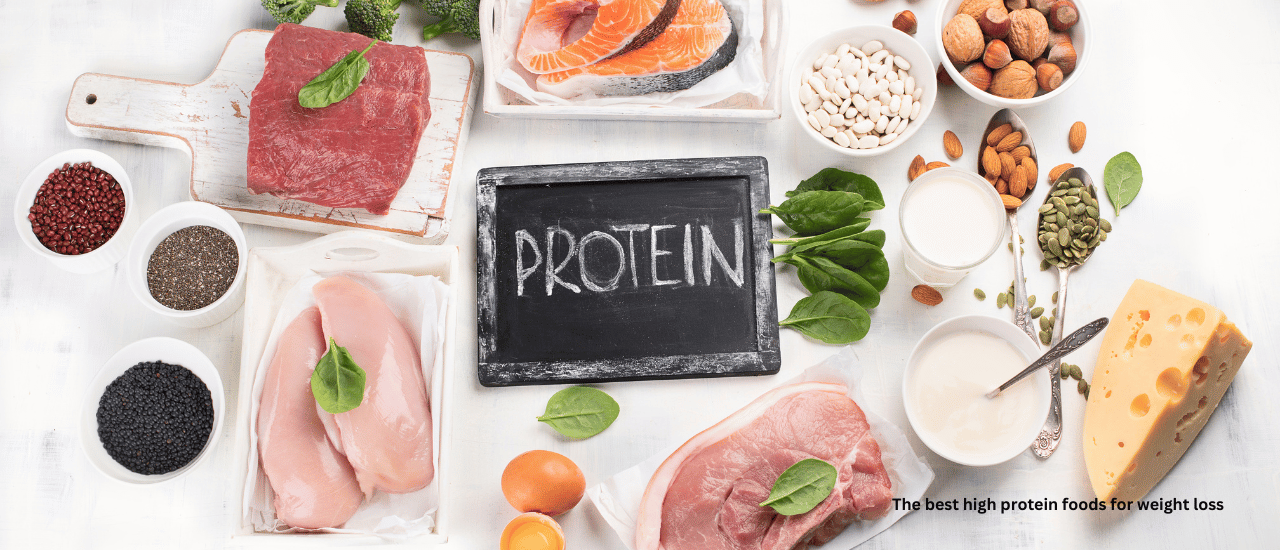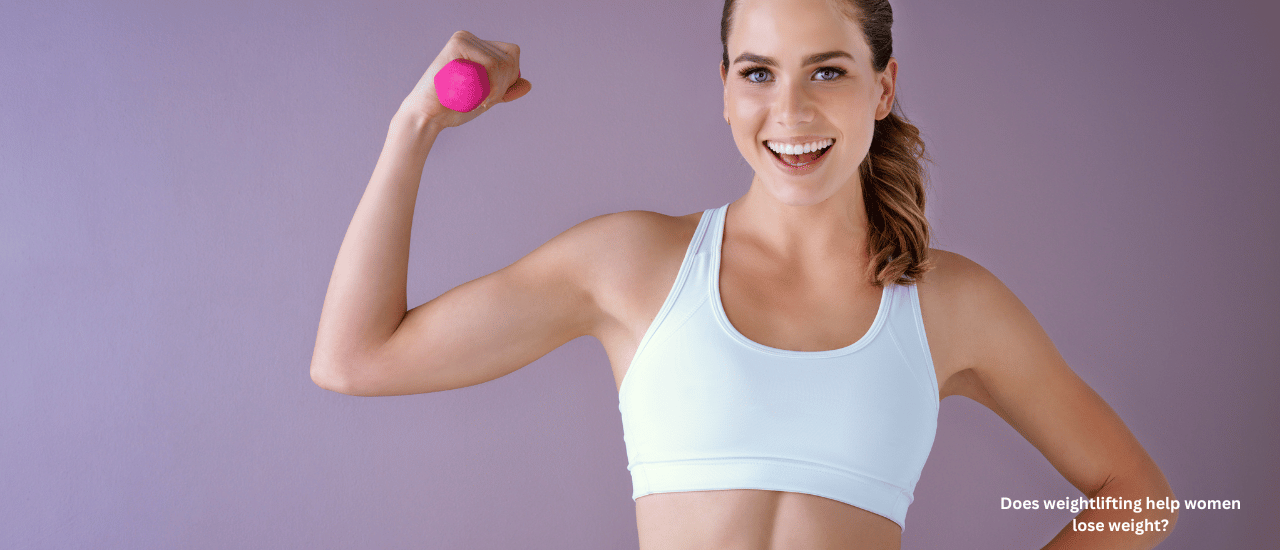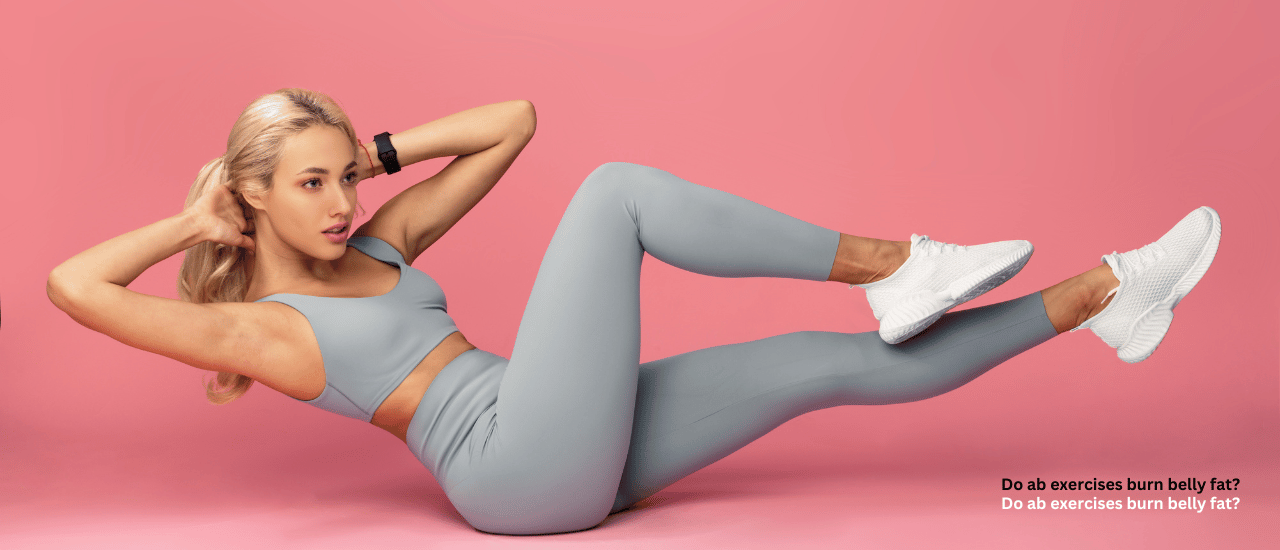What are some top-notch foods that are super high in protein and can totally help you shed those extra pounds? Think about stuff that’s not all fancied up with lots of processing, keeps you feeling full, and packs a big nutritional punch without a ton of calories? Yeah, those are the ones we’re after!
By contrast, the foods that totally suck for weight loss are the ones that are super processed, packed with calories, but not much in the way of good stuff your body needs. And the kicker? They’re so easy to scarf down in huge amounts without even realizing it.
In this handy guide, I’ll show you the lowdown on what high-protein grub to chow down on, which ones to be cool with but not go nuts over, and which ones to ditch completely if your aim is to shed some pounds the right way, you know, keeping it healthy and actually working for you.
The top 8 high protein foods
- Meat: chicken, beef, pork, lamb, bison, game
- Eggs: whole eggs, egg whites
- Soy: tofu, black soybeans, edamame, tempeh
- Fish: white fish like halibut and sole, and fatty fish such as salmon, sardines, and herring, and so on.
- Legumes: lupini beans, those tiny lentils, black beans that taste great in chili, and pinto beans, the classic in burritos!
- Greek yogurt: nonfat, low-fat, or full-fat
- Shellfish: shrimp, crab, clams, lobster, mussels, scallops
- Protein powder: Oh, you got choices! You could go with whey, egg, or maybe even those trendy plant-based options like pea or pumpkin seed. It’s like picking your fave flavor of ice cream, but it’s all about bulking up and staying healthy, ya know?
Why high protein for weight loss?
For healthy weight loss, go for foods that are packed with protein, okay? The deal with these bad boys is that they keep you feeling full and happy, so you’re not always munching on snacks or craving more food. They’re like the superheroes of satisfaction!
High protein foods provide essential nutrients that you need to stay healthy. Essential nutrients are basically the stuff your body totally needs but can’t whip up by itself, like those important amino acids that are basically the Legos for making proteins, certain fatty acids, vitamins, and minerals. Now, when you’re looking at foods that are packed with protein, you’re generally getting a good scoop of all these handy nutrients on the side. These are the VIPs of the nutrition world that your body can’t live without, so it’s kinda a big deal to get enough of them from what you eat.
By targeting foods that are full of protein, you’re probably going to hit your nutrient goals and feel nice and full. That might just give you a leg up on shedding some weight.
How much protein should you eat?
Learn how much protein to shoot for every day. Fiber calories? They’re not really counted here because fiber is like that cool kid in the carb class that doesn’t get digested like the rest. It just cruises through your body without being absorbed. It either hangs out with some bacteria in your colon for a bit and gets fermented, or it heads out the back door, depending on the type of fiber we’re talking about. Therefore, fiber is nearly calorie-free. Think of it like you’re feeding your tummy’s little buddies, ya know, those gut bacterias that hang out in there. It’s like giving them a superhero snack to keep them strong and happy.
Foods to eat
You can generally eat as much as you want of the foods on this list. Getting plenty of variety is important, too! So it’s fine to sometimes choose foods that have a relatively lower protein percentage compared to others in the same category.
Meat and poultry
Meat and poultry, like beef, pork, chicken, and turkey, are totally great options to keep in your meal plan if you’re aiming to drop some pounds. They’re a solid pick for a balanced diet that’s all about shedding weight the healthy way.
Meat and poultry provide protein and many vitamins and minerals, including vitamin B12, magnesium, and potassium. Carbs? None. And science suggests that including meat and poultry in your diet may help you lose weight.
Grill, broil, or roast your meat. Eat any bits you fancy, like the skin and the insides. Doing this is way better for the planet since you’re not tossing out as much stuff. Sure, munching on a chicken breast with the skin might mean you’re getting a smidge less protein than a skinless one, but let’s be real, it’s gonna taste so much better and make you happier. So go ahead, enjoy that whole bird!
- Protein percentage range: 85% (skinless turkey breast) to 20% (pork belly)
Seafood
Trout, tuna, shrimp, and crab are rich in potassium, magnesium, and iodine, among other nutrients. Fatty fish, like salmon, pack in way more of those good-for-you omega-3 fatty acids than other types of fish. They’re basically the VIPs when it comes to giving your body a health boost!
However, all kinds of fish and shellfish are nutrient powerhouses. Eating more seafood could give your weight loss a little nudge, if a study we looked at is anything to go by. Fish and shellfish are like the VIPs of the food world when it comes to protein content. They pack a ton of protein into each bite without breaking the calorie bank. So, if you scarf down some salmon or shrimp, you’ll probably feel fuller for longer and maybe shed a few extra pounds. Ain’t that neat?
If you want to lose weight, make sure your fish isn’t breaded or battered and fried. These add carbs and calories to seafood without really making it any healthier, you know?
- Protein percentage range: 97% (shrimp) to 38% (mackerel)
Non-starchy vegetables
Vegetables are totally the go-to foods for a diet that’s all about shedding those extra pounds the healthy way, you know? They’re like the unsung heroes of weight loss! 🥦🥒🍄
Leafy greens and those veggies that don’t have much starch and grow up top, like cauliflower, broccoli, cucumbers, and mushrooms, are totally packed with good stuff for your body but barely have any calories or carbs. They’re like the healthy snack champs of the veggie world! They’re also rich in fiber and water, which can help you feel full.
Enjoy them raw, tossed in a salad with some yummy creamy dressing. Or, throw ’em on the grill or pan-fry in a bit of olive oil, butter, or ghee for a delicious side dish.
Although they provide less protein than the other categories on this “foods to eat” list, many non-starchy vegetables have a fairly high protein percentage.
However, unlike what you get from animal foods, protein from veggies isn’t the whole shebang, or “complete” as some call it, because it’s usually light on one or more of those super important amino acids that your body totally needs to keep kickin’ and feelin’ good. So eat your fill of these vegetables, but make sure to get plenty of protein from the other categories on this list.
- Protein percentage range: 57% (spinach) to 15% (yellow bell peppers)
Eggs
Eggs are like the cool kid on the block for weight loss, right? They keep ya full for ages after you scarf ’em down. And don’t worry about the cholesterol hype, because usually, they don’t mess with your blood cholesterol levels all that much. So, you can totally enjoy ’em without freaking out about your ticker.
Plus, eggs are one of the most versatile, popular, and inexpensive protein sources around. One large egg has about 6 grams of protein and only 1 gram of carbs, which is pretty cool if you’re keeping track. The egg white is where you’ll find most of that protein, but don’t toss the yolk! It’s got some goodies too, like vitamin A, iron, and selenium, which are all really important for our bodies. So yeah, eggs are a solid choice if you want to keep it healthy and tasty.
Whether they’re hard-boiled, scrambled, fried, or poached, eggs are a fantastic protein for breakfast or any time of day.
To get that full-on eggy goodness and all the nutrients you could want, go for the whole eggs, yolk and all! But, if you’re more about getting a protein boost without the extra calorie hangout, egg whites are your jam. They’re like the lean, mean, protein-packed machine of the egg world.
- Protein percentage range: 85% (egg white) to 34% (whole egg)
Dairy products
According to some research, it looks like munching on high-protein dairy stuff could actually help you shed some pounds. Who knew?
Fermented dairy products like yogurt and cottage cheese are low in lactose (milk sugar) yet rich in nutrients.
Although plain nonfat and low-fat Greek yogurt and cottage cheese have higher protein percentages than full-fat varieties, it’s important to enjoy your food. So choose the type of yogurt and cottage cheese you like best.
Whey protein supplements (powders and shakes) have more protein than other dairy products. However, whey protein is a highly processed food that doesn’t provide a lot of nutrition aside from amino acids. As a general rule, go for other high protein dairy products instead unless you’re looking for an easy way to boost your protein intake.
- Protein percentage range: >90% (whey protein isolate) to 38% (full-fat Greek yogurt)
Beans, lentils, peas, & soy
Legumes — beans, lentils, peas, seeds, and soy — are a good source of protein and provide other essential nutrients. Yes, most are higher in carbs than the other foods on this list. However, they’re also high in fiber. Plus, as an excellent source of plant-based protein, legumes are perfect for vegetarian and vegan weight-loss diets.
One review of 21 trials found that people who included beans, lentils, and other legumes in their diet lost a small amount of weight without deliberately restricting calories.
Additionally, consuming soy products has been shown to help reduce appetite and support weight loss in several studies.
While soy is considered a complete protein, beans and legumes are low in one or more of the essential amino acids that you need to eat to stay healthy. The good news is, combining different plant proteins, such as beans and nuts, can provide adequate amounts of all the essential amino acids your body needs.
Plant protein powder supplements are processed, so they lack the fiber found in whole foods. However, they are a good option for getting more protein with fewer carbs. For this reason, you may want to consider occasionally including plant protein powders if you’re a vegetarian or vegan who eats keto or low carb.
- Protein percentage range: 80% (plant protein powder) to 26% (chickpeas or garbanzo beans)
What to drink
Drink beverages with minimal calories — preferably zero — if you want to lose weight.
- Water: Whether still or sparkling, water is the best option. Drinking water may be beneficial for weight loss.
- Coffee and tea: Research suggests that drinking caffeinated coffee or tea may help you lose a little weight by slightly boosting your metabolism. Most people can drink up to two to three cups of coffee or tea per day. However, drink less — or choose decaf coffee or herbal tea — if caffeine makes you feel jittery or causes other side effects. Coffee and tea are virtually calorie-free if consumed alone.
- Broth: Drinking broth or bouillon is a delicious way to stay hydrated and get some sodium and other minerals. Choose beef, chicken, or vegetable stock — or bone broth. This is one beverage that actually provides some nutrition, although the amount of protein in broth can vary from 1 to 9 grams per cup, depending on how it is made.
Foods and beverages to consume in limited quantities
The foods on this list can be included, but they shouldn’t be the main focus if you want to lose weight. Although many of them are nutritious, their protein percentages aren’t high. Depending on what you like and the way you eat, you can enjoy them in small quantities on a frequent or even daily basis.
- Cheese: From feta to cheddar to Parmesan, cheese is a high protein food that is often eaten with meals. However, it contains less protein per calorie compared to other animal foods, including dairy foods like yogurt. So you can enjoy cheese, but keep portions small to moderate when eating it for weight loss.
- Protein percentage range: 35% (Parmesan) to 18% (brie)
- Whole fruit: Although whole fruit is healthy, it contains far more sugar and far less protein than vegetables. Since fruit is a great source of fiber and other nutrients, aim for one or two servings of fruit per day. However, you may want to focus on berries, which provide less sugar than other types of fruit.
- Protein percentage range: 23% (avocado) to 4% (apples)
- Nuts and seeds: Although most nuts and seeds contain some protein, they’re also fairly high in calories because they contain a lot of fat. And their protein percentage tends to be low. However, they’re rich in fiber, so eating small amounts of nuts and seeds can help you feel full and satisfied.
- Protein percentage range: 18% (almonds) to 11% (macadamia nuts)
- Dark chocolate: Dark chocolate is often a “guilty pleasure” food. Yet in moderation, it can be a healthy treat. Although dark chocolate doesn’t have a high protein percentage, it’s much lower in sugar than milk chocolate.




